
While we drink bourbon all year long, there’s something about the end-of-summer and beginning-of-fall transition that really makes us want to trot out our favorite bottles. While the days remains cloudless, sunny and often downright scorching, the nights are growing just the slightest bit shorter and cooler. Depending on where you live, you might see a sweatshirt come out of the drawer in the next week or two. It’s the perfect time of year to chase a day on the beach with a toasty campfire.
Understanding that finding the right bourbon for this shoulder season can feel daunting, we decided to do the hard (easy) work for you. We tasted a slew of bourbons and picked the six best bottles for the summer-fall changeover. Each pick pairs perfectly with a cool night spent outside after a hot, adventure-filled day.
Widow Jane 10
ABV: 45.5%
Distillery Name: Widow Jane
Average Price: $71.99
The Story:
Founded in 2012, Widow Jane has racked up awards while gaining a cult following in the process. This New York City-based whiskey brand was named for the water used to make it — sourced from the Widow Jane Mines located in Rosendale, New York. The bourbon itself is actually made and aged in Kentucky before being finished in New York in 5- barrel batches. It’s non-chill filtered and proofed using the aforementioned mineral water before being bottled for sale.
Tasting Notes:
Any tasting begins with a subtle nosing. If you take a moment to sniff this bourbon you’ll be met with alluring aromas of dried cherries, sweet vanilla, and subtle caramel. Now you’re ready for the first sip where you’ll dive into fresh, sweet corn, charred oak, and butterscotch. It all ends with a hint of warmth that ends in a pleasing kick of pepper spice.
Bottom Line:
While only aged for 10 years, the hand-selection of the bottles used and the high-quality make this feel much older. A perfect late-summer sipper.
Elijah Craig Toasted Barrel
ABV: 47%
Distillery Name: Heaven Hill
Average Price: $50
The Story:
Elijah Craig was a Baptist preacher in Virginia who, according to many, invented bourbon whiskey. Apparently, he was the first person to ever mature whiskey in charred oak barrels, a must for bourbons today. The brand’s newest expression, Elijah Craig Toasted Barrel, is an homage to the innovation. They make it by adding its Small Batch to a specially made toasted barrel in order to add extra flavor.
Tasting Notes:
Right away, you’re met with rich, charred oak and sweet, toasted caramel. The first sip leaves your mouth enveloped with velvety toffee, dried fruits, and Christmas spices with just a hint of smokiness. The finish is long, warming, and finished with dried orange peel and peppery heat.
Bottom Line:
This recently released bottle is a bargain. It’s full of flavor and is the perfect warmer for a cool summer or fall evening.
Larceny Barrel Proof B520
ABV: 61.1%
Distillery Name: Heaven Hill
Average Price: $51.99
The Story:
Part of the appeal of Larceny Barrel Proof is the fact that, depending on the time of year you purchase it, the bottle can be completely different. That’s because this offering is dropped three times every year. Depending on the batch, the proof and age of barrels (between six and eight years) will differ. We tasted Larceny Barrel Proof B520. This means it’s from the spring, specifically May of this year.
This small-batch bourbon is a chill-filtered, wheated bourbon bottled at full barrel proof. It’s bold, high in alcohol, and undeniably sippable.
Tasting Notes:
The nose is all brown sugar and sweet, dried cherries. It smells so sweet, you might think you’re about to drink sugar water instead of whiskey. But by the first sip — with its warming, rich, charred oak, nutmeg, and vanilla flavors — you know you’re enjoying something special. The finish is long and warming like a nice hug on a cold night (the Kentucky hug!). It’s full of toasted caramel, honey, and a pleasing peppery kick.
Bottom Line:
Who needs hot cocoa this fall when you can simply sip on a dram of Larceny Barrel Proof in front of a roaring outdoor or indoor (hopefully in a fireplace) fire.
Knob Creek 9
ABV: 50%
Distillery Name: Jim Beam
Average Price: $32.99
The Story:
When it comes to the hierarchy of Jim Beam’s Small Batch Collection, Knob Creek falls somewhere between Booker’s and Basil Hayden’s. Though it’s lacking the acclaim of Booker’s, the brand continuously drops high-quality whiskeys like Knob Creek 9. It’s 100 proof, distilled in the traditional style, and aged for 9 years in charred oak barrels.
Tasting Notes:
Sometimes you expect a bourbon to have a sweet corn aroma first and foremost, but this offering is full of toasted caramel and subtle peppery spice scents. The first sip yields hints of salted caramel, charred oak, and cacao. The finish is long, dry, and full of sweet vanilla, toffee, and dried cherries.
Bottom Line:
This full-flavored bourbon is perfectly suited for slow sipping with a single ice cube or in your favorite bourbon-based cocktail.
Barrell Bourbon Batch #23
ABV: 53.8%
Distillery Name: Barrell Craft Spirits
Average Price: $89.99
The Story:
Released in February, Barrell Bourbon Batch #23 is made by blending straight bourbon whiskeys aged between 10 and 15 years. It’s then matured for a few more months to ensure that all the flavors meld together to create a complex, balanced juice. This might seem like enough to craft a high-quality whiskey. But, the folks at Barrell then layer in bourbon that aged for 15 years.
Tasting Notes:
The result of all of that aging and blending is a very unique bourbon that all begins with the nose. The first whiff of Batch #23 brings you toasted oak, cinnamon, spicy rye, and butterscotch. The first sip yields rich brown sugar, dried cherries, orange peel, and just a hint of espresso. The finish is long, warming and full of more cinnamon, orange zest, and subtle cereal sweetness.
Bottom Line:
This highly nuanced, complex bourbon deserves to be enjoyed neat. Don’t waste all of the hard work by mixing it into a cocktail.
Four Roses Single Barrel
ABV: 50%
Distillery Name: Four Roses
Average Price: $39.99
The Story:
According to legend, founder Paul Jones, Jr. fell in love with a woman and renamed the brand “Four Roses” to show his affection. It’s now one of the most popular whiskey brands in America and its Single Barrel is 100-proof, high-rye, and made with its proprietary fruit yeast strain.
The most unique thing about this offering is that, due to the different barrels chosen, each batch is a subtly different flavor experience.
Tasting Notes:
From nose to finish, this is a well-rounded bourbon. Before tasting, you’re met with fragrances of charred oak, floral honey, and dried fruits. The first sip brings you sweet vanilla, molasses, and buttery toffee. The finish is long, slightly warming, and pleasing with dried leather, caramel, and subtle cooking spices.
Bottom Line:
This 100-proof bourbon is a great combination of mellow and high-octane. It’s well suited to warm you on a cool, end-of-summer night, but it also shines in a Manhattan.

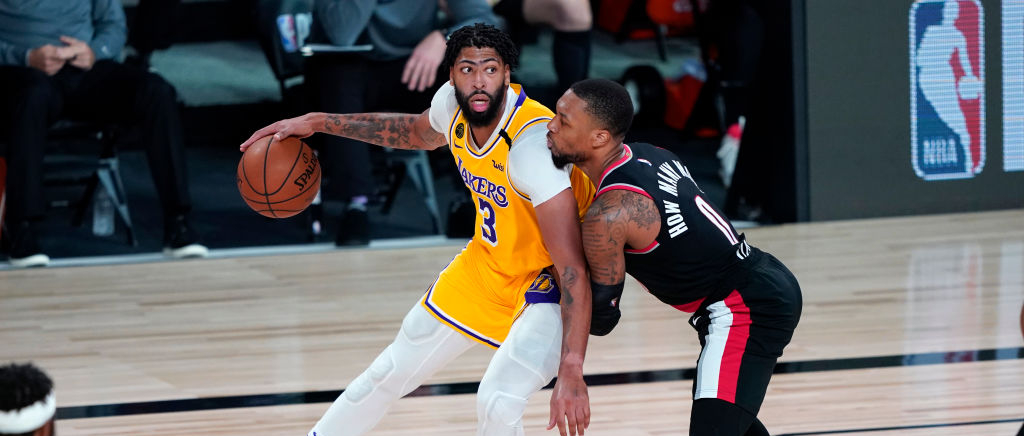
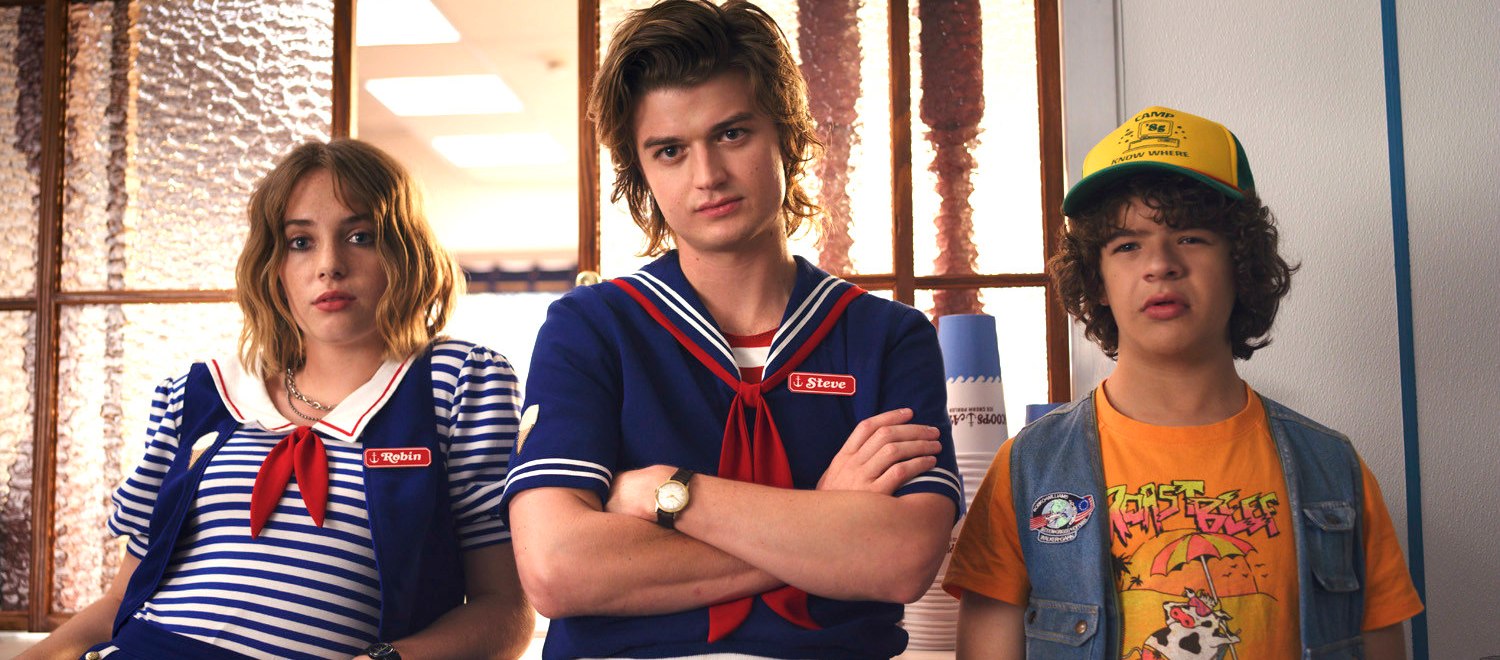
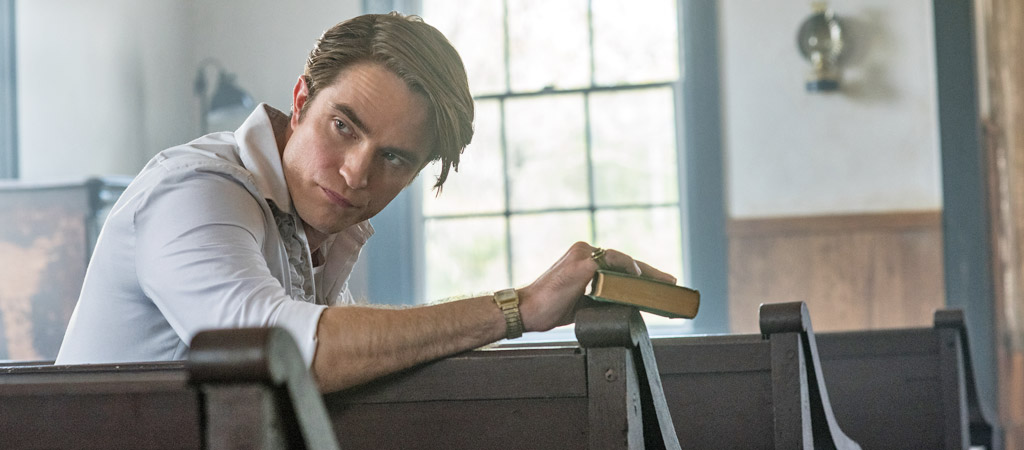
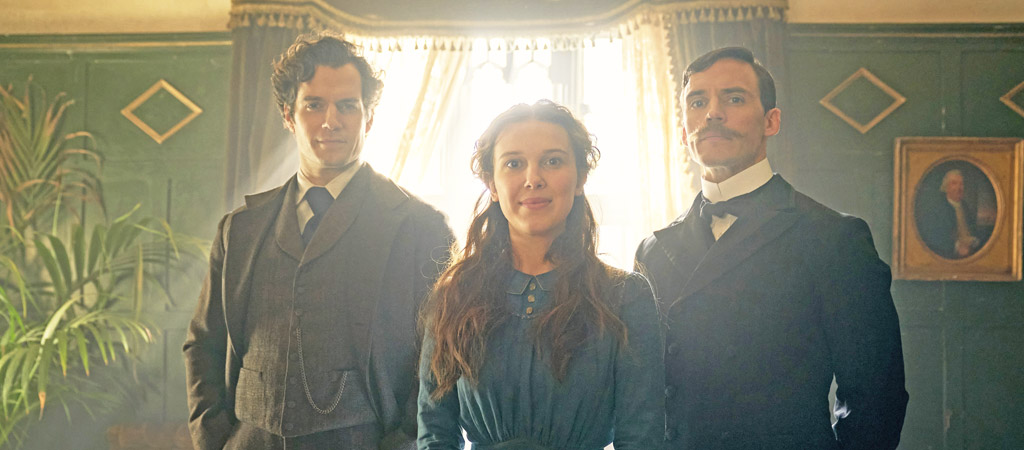
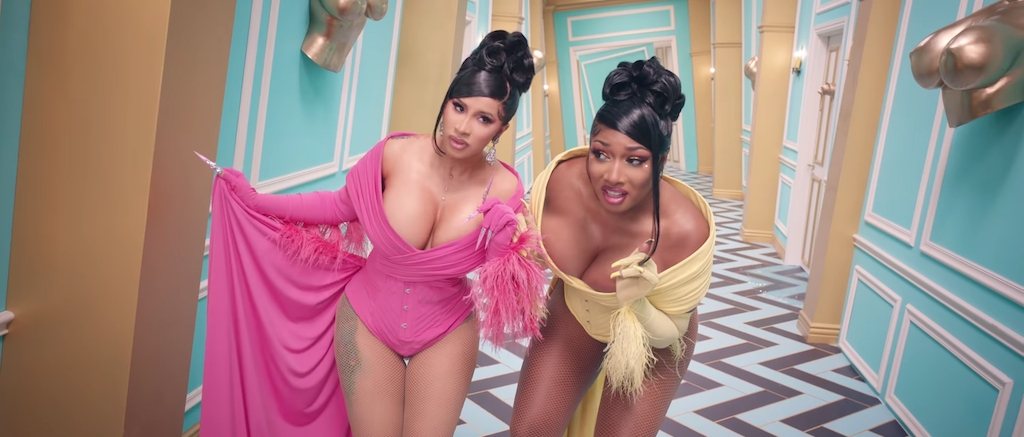
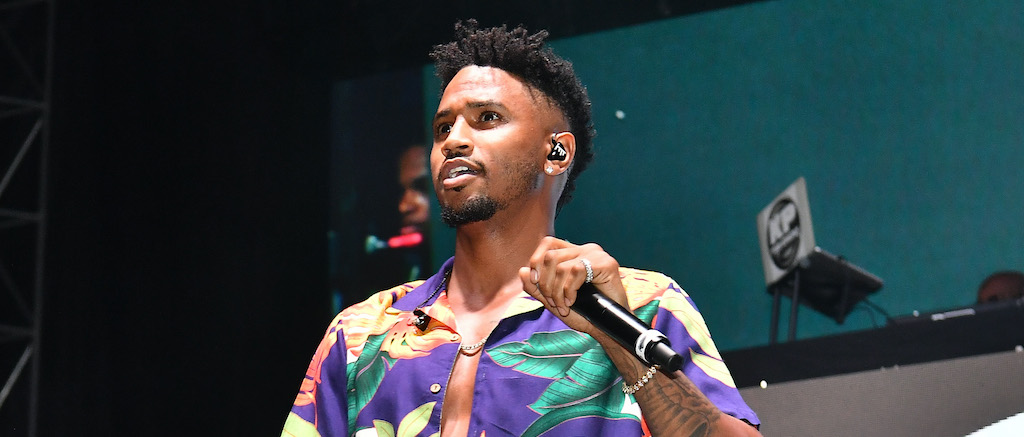

 (@SoulSmellsofAmi)
(@SoulSmellsofAmi)  ➏ (@D_1andOnly_)
➏ (@D_1andOnly_) 